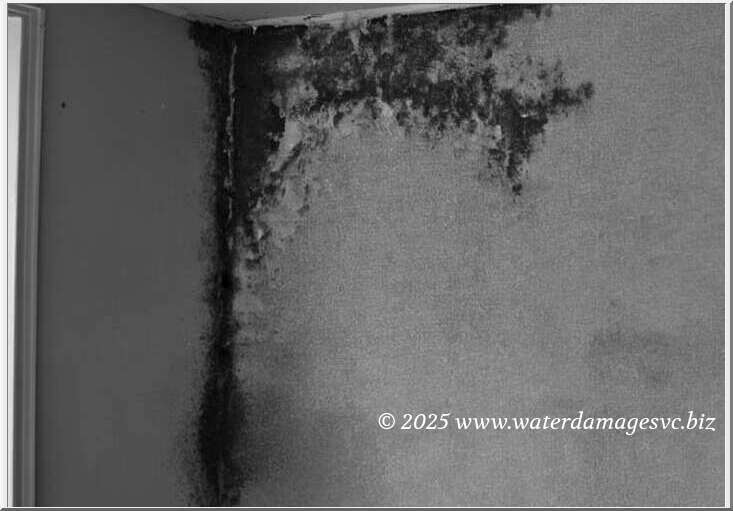
Understanding the Risk:
When water infiltrates your property, moisture seeps into porous building materials such as drywall, wood flooring, carpeting, insulation foam boards or panels like plywood or particleboard furnishing. These damp areas provide an ideal breeding ground for mold spores present in every environment.
Once mold colonies take up residence in these moist environments with organic material readily available as their food source (such as drywall), they spread rapidly and release harmful airborne spores that may compromise indoor air quality. Exposure to mold spores can trigger respiratory issues such as allergies or asthma symptoms.
Effective Removal Techniques:
1. Rapid Response:
To mitigate further damage caused by water infiltration and reduce the risk of mold growth significantly, swift action is key. Contacting professional water damage repair specialists who offer 24/7 emergency services will help minimize structural harm while preventing future complications associated with mold development.
2. Assessment:
Highly trained professionals will assess the extent of water exposure using advanced moisture detection equipment to identify hidden areas affected by excessive humidity levels which could support microbial growth.
3. Controlled Drying:
Using industrial-grade dehumidifiers and specialized drying techniques like desiccant drying systems for larger spaces ensures thorough elimination of excess moisture within wall cavities or beneath flooring without causing additional disruption to your living environment.
4. Mold Inspection:
After effective removal procedures are completed and sufficient drying has taken place throughout affected areas,
professional technicians carry out comprehensive mold inspections. They evaluate visible and hidden areas, collecting samples if required, to identify existing or potential mold growth.
5. Safe Removal of Water-Damaged Materials:
Upon confirming the presence of mold-infested materials, trained specialists will execute controlled demolition techniques for removal and disposal. This process may involve cutting out sections of damaged drywall or removing contaminated carpeting and flooring in accordance with industry regulations.
When faced with water damage, quick response combined with professional assistance is crucial for limiting long-term consequences such as mold infestation. By employing effective removal techniques provided by experienced water damage repair specialists, you can ensure that your home remains a safe haven free from harmful molds while safeguarding the well-being of your loved ones.